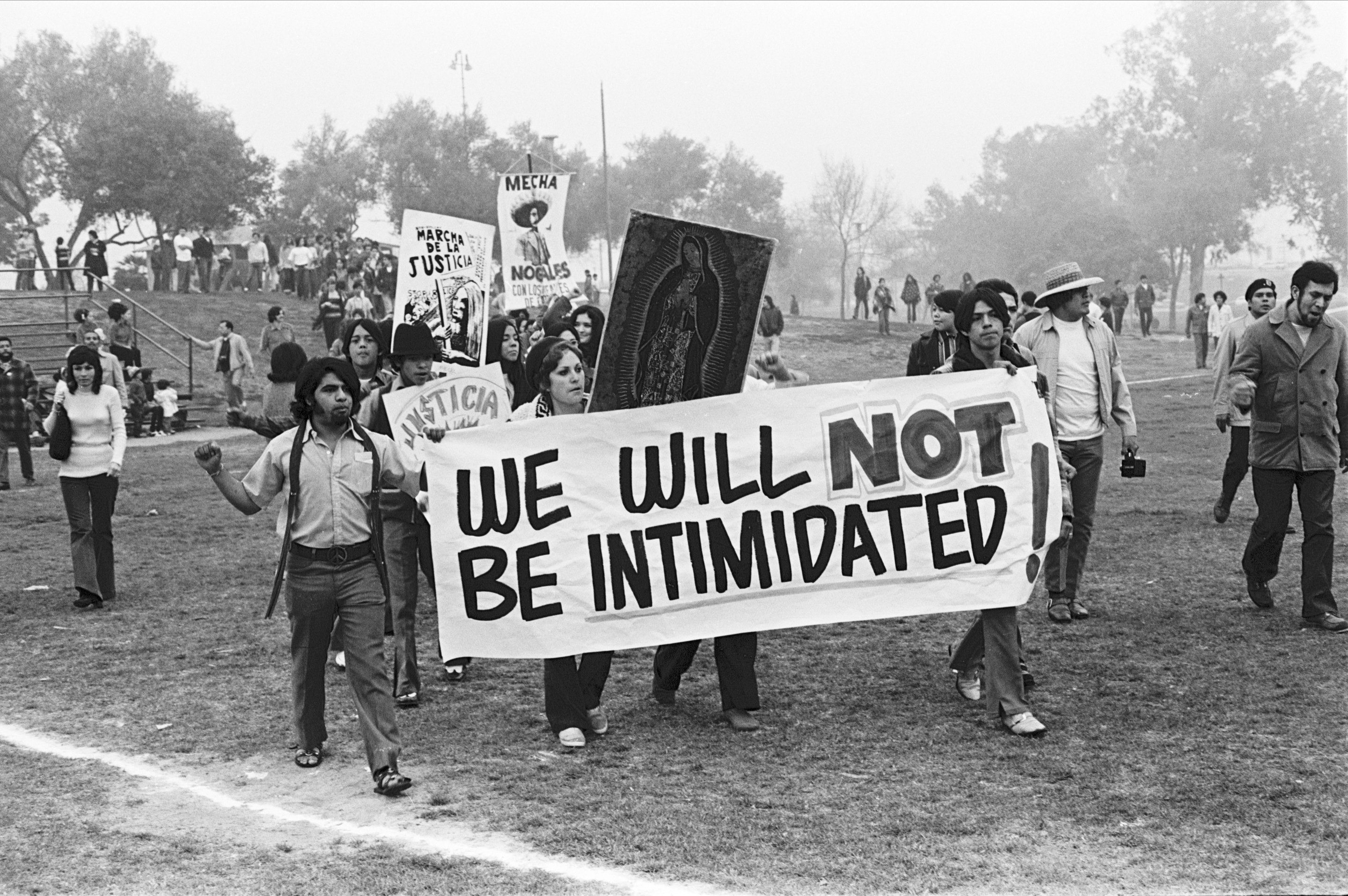The Autry Presents LA RAZA
Featuring the photographic archive of La Raza, the Los Angeles newspaper central to the Chicano Rights Movement in the 1960s and 1970s. The exhibit will mark the 50th anniversary of the publication's founding, and will draw from an archive of images recently donated to UCLA. The exhibit opens September 16, 2017, and runs until February 10, 2019.
See some of these amazing historical images below, then read more about the exhibit and its many features. All images courtesy the photographers and the UCLA Chicano Studies Research Center.

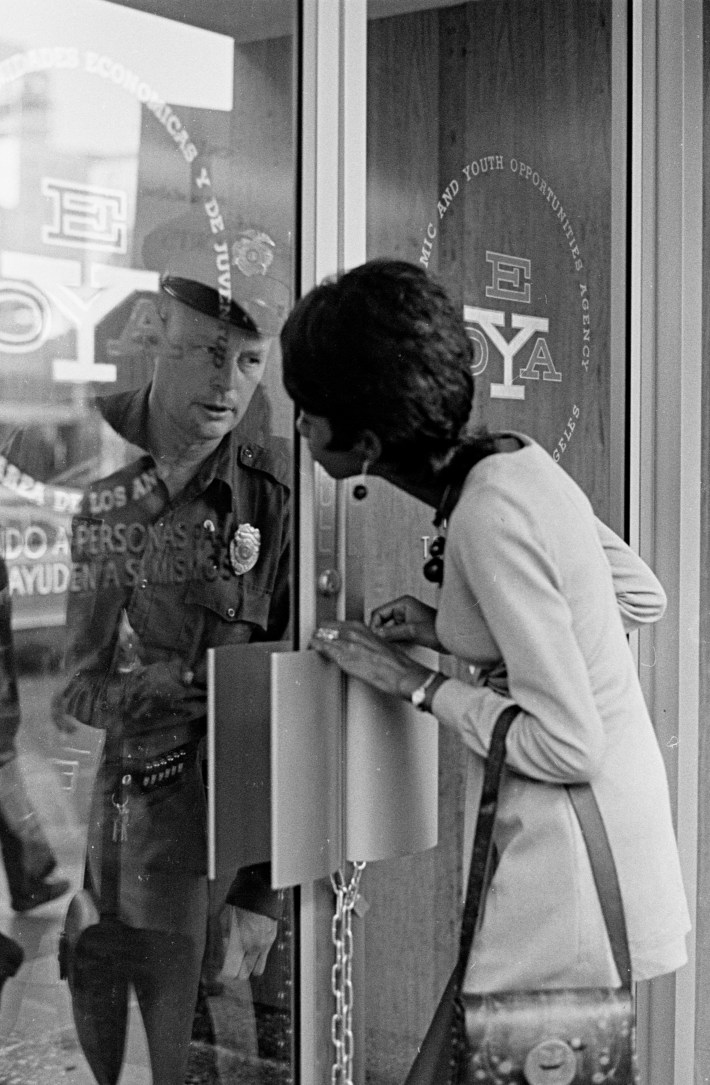
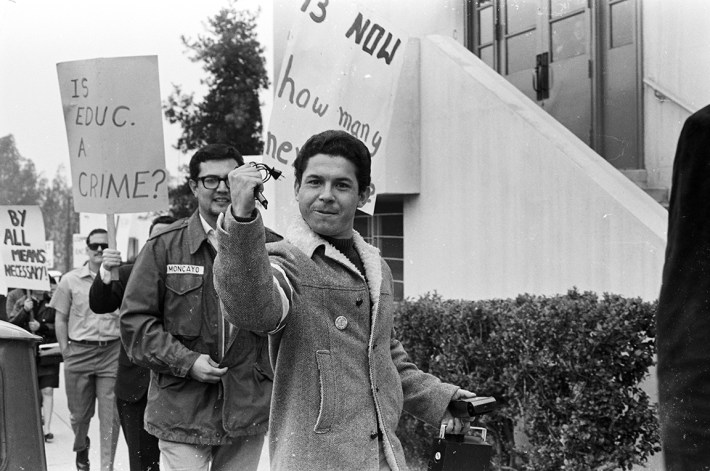
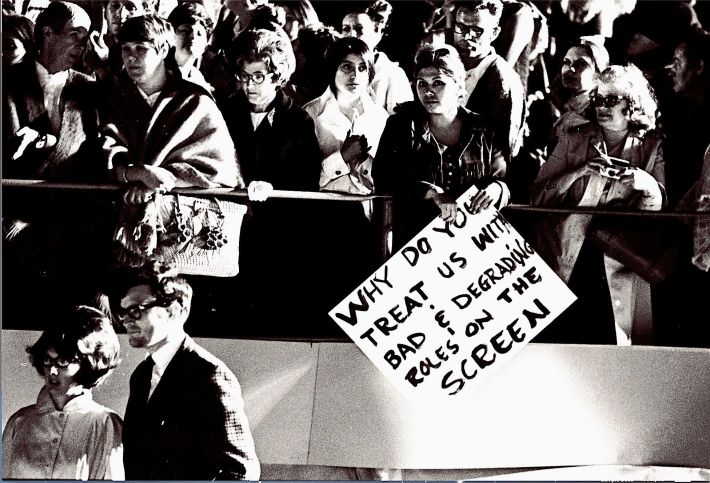

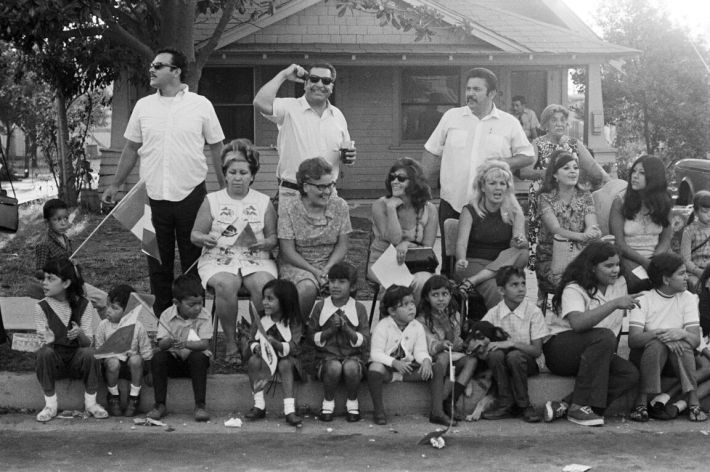
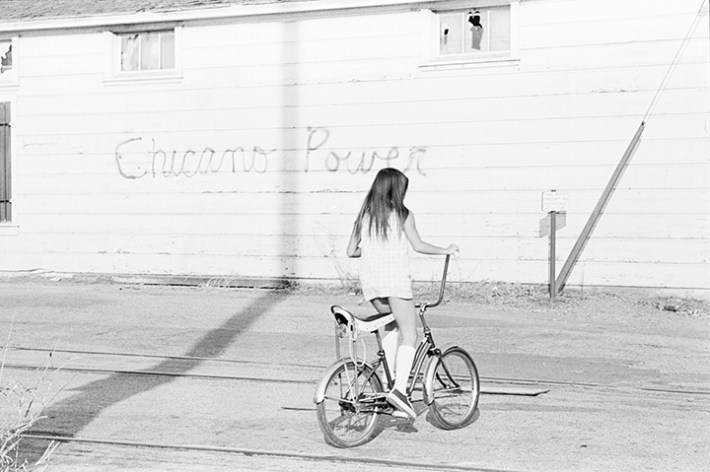
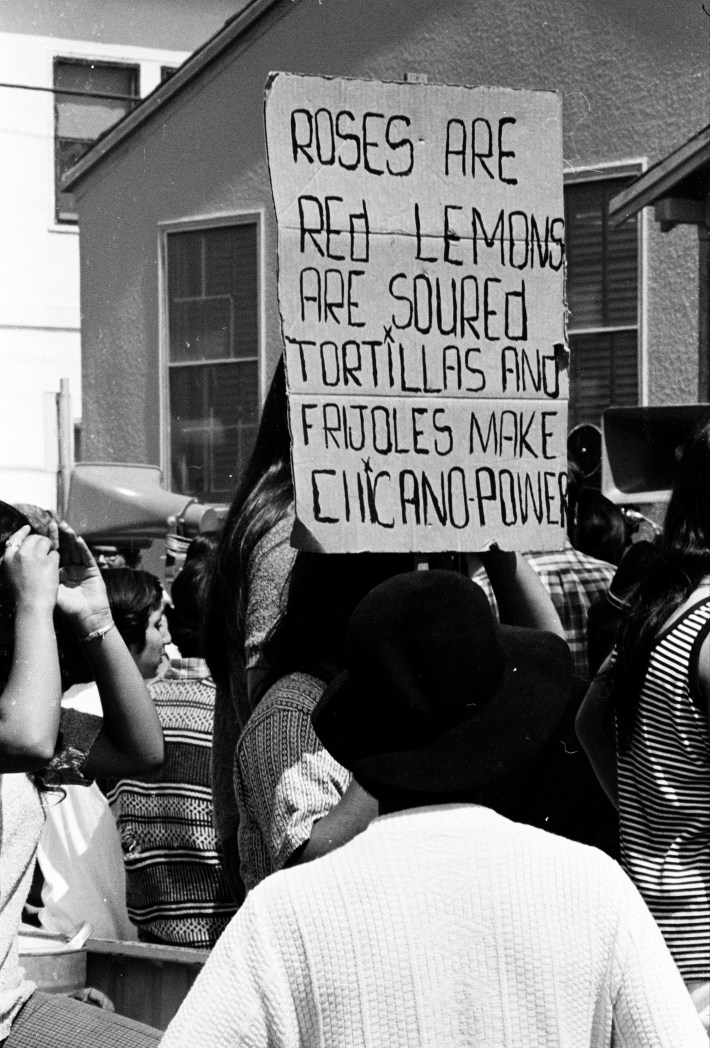
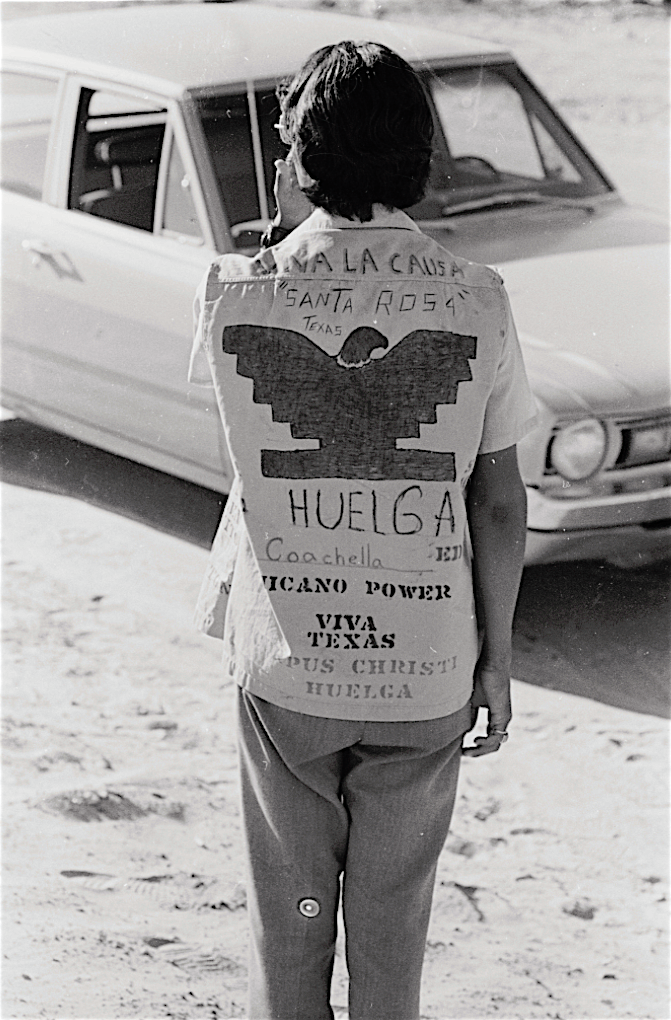


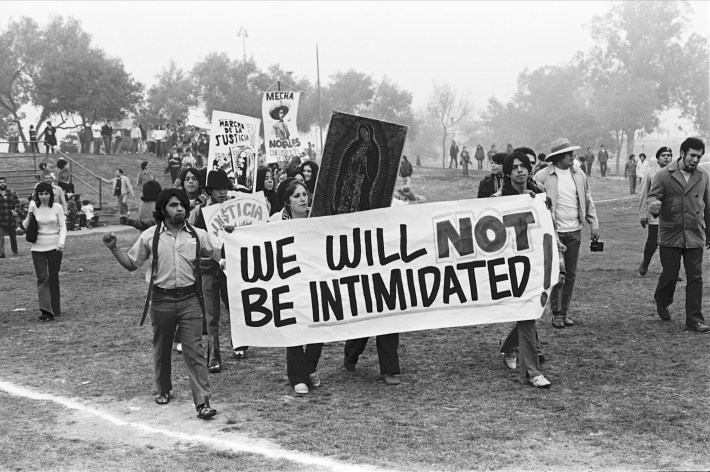
Full press release from The Autry...
Los Angeles, CA (August 10, 2017)—Between 1967 and 1977, the Chicano newspaper-turned-magazine La Raza was witness to and participant in the struggle for social justice as it unfolded across Los Angeles and into the world beyond. Marking the 50th anniversary of the publication’s founding, and drawing from a previously inaccessible archive of more than 25,000 images recently gifted by the photographers to UCLA’s Chicano Studies Research Center, the exhibition LA RAZA opens on September 16, 2017, at the Autry Museum of the American West in Griffith Park.
Within La Raza, photographs are more than illustration; they forge a persuasive visual argument for equal rights and an intimate, nuanced portrait of the Mexican American community as resilient and empowered. While they speak to the unique concerns of the Chicano Movement, or El Movimiento, they also transcend the historical context of the magazine. Considered broadly, the photographs of La Raza become a site where the stakes of injustice are exposed and the power of the camera as a social equalizer is revealed. The Autry’s exhibition examines the role of photography in lending both vision and voice to Mexican American peoples in Los Angeles during this era, shaping a common identity while calling for empowerment and change.
As part of the Getty-led Pacific Standard Time: LA/LA initiative, LA RAZA contributes to the exploration of Latino art and identity in dialogue with the city of Los Angeles. The editors of La Raza adopted a groundbreaking format in which photojournalism combined with art, satire, poetry, and political commentary to organize and inspire the Chicano community to activism and to reimagine concepts of citizenry.
“We are proud to share this powerful, first-hand account of an important yet under-represented movement in the Civil Rights era,” says W. Richard West, Jr., President and CEO of the Autry. “It is especially momentous to present this photographic archive—one that continues to resonate today—as part of Pacific Standard Time: LA/LA, further underscoring the influence of the Chicano Movement and its artists on the cultural and societal fabric of the American West.”
Featuring more than 200 of the archive’s most compelling and powerful images—digitally printed, framed, and installed— alongside graphics, text, and images drawn from the magazine, the collection invites analysis of the photographers’ aesthetic strategies as well as the interdisciplinary format in which they are situated. As viewers travel through the major components of both archive and movement—moments of mass demonstration; sensitive portraits of individuals and communities; and an ever-present, watchful police state—they find themselves at a crossroads of multiple histories, including those of art in Los Angeles; photography in the American West; and the energy, activism, and ground-breaking visual language of the Chicano Movement. The immersive environment of the exhibition includes a central, interactive touch screen that encourages visitors to explore the archive in greater depth, emphasizing the artistic and social achievements represented in the archive through its major themes.
“It has been an honor to play a role in this exhibition, designed to give contemporary audiences access to the incredible artistic, cultural, and political force that was La Raza magazine.” says Amy Scott, the Autry's Chief Curator and Marilyn B. and Calvin B. Gross Curator of Visual Arts. “My hope and expectation is that LA RAZA sparks serious discussions both inside and outside the gallery about the conjoined legacies of photography and activism.”
LA RAZA is produced in collaboration with UCLA’s Chicano Studies Research Center, directed by Chon Noriega, and is co-curated by Scott and Luis C. Garza, a La Raza photographer and independent curator.
“LA RAZA is an argument for the role of photography and aesthetics in defining the Chicano Movement’s visual identity while articulating its key demands,” says Garza. “This exhibition stresses the pivotal role of the photographer as artist and activist and the camera as a tool for empowerment, creating a rich and layered experience that we think will touch and speak to audiences from different backgrounds.”
Introduction: The Photographers and the Newspaper
After being introduced to the diversity and vibrancy of the archive via a slide show, visitors will meet the La Raza photographers through portraits of them in action and select editions of both the newspaper and magazine formats. This introductory section establishes the dual role of La Raza photographers as artists and activists, as well as the magazine’s sophisticated communication strategy, which blended photographic imagery with other media, including graphic art, poetry, satire, and journalism.
Action, Agency, & Movement
The photographers of El Movimiento captured a distinct tension between the agency of the activists and the rigidity of the state and its law enforcement. With images of marchers filling the uncontrolled environment of the street—juxtaposed with images of oft-combat-ready police presence designed to contain them—viewers explore how La Raza photographers countered mainstream media narratives and representations of Chicanos as criminals and gangsters.
Through thematic and time-bound groups of images, this section investigates the role of photography in articulating revolutionary ideas and documenting the Chicano presence across the city. These include iconic events such as the massive school walkouts and demonstrations of 1968, the thirty-thousand strong Chicano Moratorium of August 29, 1970, and the thousand mile La Marcha de la Reconquista. Shown alongside some of the many other gatherings that unfolded across the city, this section speaks to the energy and agency of the movement and the use of protest to visually reclaim public space.
Portraits of a Community
The La Raza photographers worked to create a direct correlation between the Chicano Movement and the community at large by capturing the presence and participation of elders, parents, children, and extended family, as well as couples, friends, classmates, colleagues, church officials, and other community leaders. These photographs reflect a community in which thick networks of social ties form a critical undergirding for political action. The images also convey the multigenerational appeal of the movement, which challenged primarily Anglo assumptions about the postwar “nuclear” family. They offer instead a more broadly defined, extended network of familial and peer relationships based on inclusivity, mutual aid, and solidarity.
The Other and the State
Comprised of images that deliberately complicate the idea of vision and surveillance as a tool of state control, this section includes portraits of police—in riot gear or undercover, in small groups or large military-style formations—which are rife throughout the archive. These pictures suggest the power of the camera to not only thwart but also to reverse the gaze of police surveillance. As La Raza photographers aimed their lenses at the Los Angeles Police Department, they demanded accountability for police actions. The photographers capture the suspicion and contempt with which police and activists often regarded one another.
The Body
La Raza photographers documented police belligerence and brutality, cataloguing the bodily damage and physical toll of LAPD aggression. The images brought the forceful tactics to the attention of a wide audience and issued a powerful call for equal treatment, creating a shield against further violence. Images of bruised and battered men and women document a racist system; they attest to the systemic, abusive behavior towards Chicanos while evoking a broader or collective Chicano “body” as the target of physical and social violence. The images reverse the longstanding logic of police photography by replacing the perpetrator with the victim, further speaking to the power of photography to provide visual evidence for the Movement’s claims.
Signs of the Times
This section chronicles the ways in which La Raza photographers consistently documented the ways in which signage—protest signs, posters, banners, flags, graphic artwork, murals, and graffiti—functioned as a vital messaging system, broadcasting Chicana/o demands across the city and out into the world. Signs of protest also helped define activists, both distinguishing them from and tying them to American culture as represented in the government buildings, movie theaters, restaurants, car dealerships, strip malls, and storefronts seen across the archive. The majority of signs were homemade and straightforward in their appearance and language, but others bore elaborate designs and complex messages, which changed over time as the movement unfolded.
Interactive Touchscreen Table
Incredibly, the 200 photographs on the walls represent only the tip of the iceberg. Through the Autry’s interactive touchscreen table, visitors can explore over 12,000 images from the full La Raza archive across a variety of categories—allowing each user to choose a unique path through the La Raza experience.
Public Programming
Events and public programs will be held in concert with the exhibition, including a seminar with several photographers of La Raza on Sunday, October 15. Please check back at TheAutry.org/LARAZA for details.
Part of Pacific Standard Time: LA/LA
Pacific Standard Time: LA/LA is a far-reaching and ambitious exploration of Latin American and Latino art in dialogue with Los Angeles taking place from September 2017 through January 2018. Led by the Getty, Pacific Standard Time: LA/LA is a collaboration of arts institutions across Southern California. Through a series of thematically linked exhibitions and programs, Pacific Standard Time: LA/LA highlights different aspects of Latin American and Latino art from the ancient world to the present day. With topics such as luxury arts in the pre-Columbian Americas, 20th century Afro-Brazilian art, alternative spaces in Mexico City, and boundary-crossing practices of Latino artists, exhibitions range from monographic studies of individual artists to broad surveys that cut across numerous countries.
Supported by more than $16 million in grants from the Getty Foundation, Pacific Standard Time: LA/LA involves more than 70 cultural institutions from Los Angeles to Palm Springs, and from San Diego to Santa Barbara. Pacific Standard Time is an initiative of the Getty. The presenting sponsor is Bank of America.
